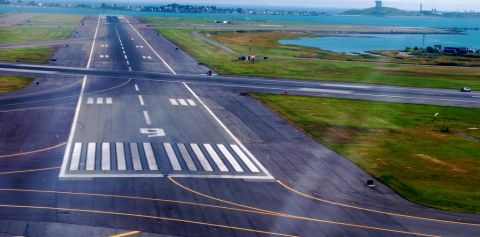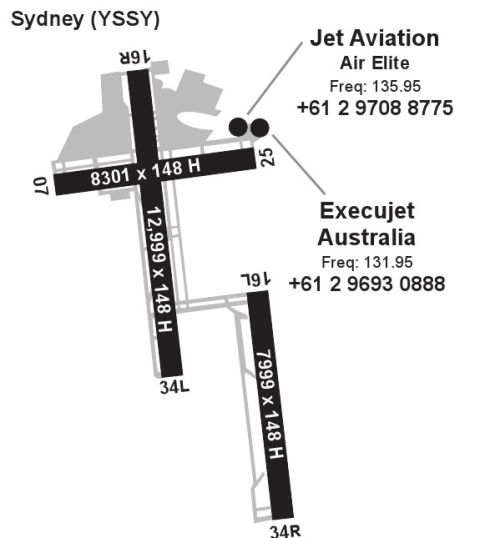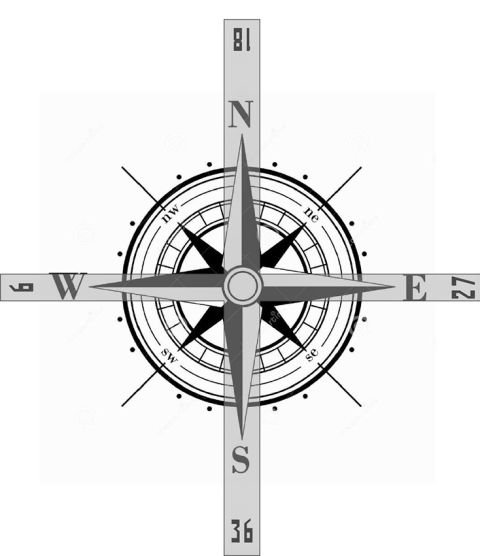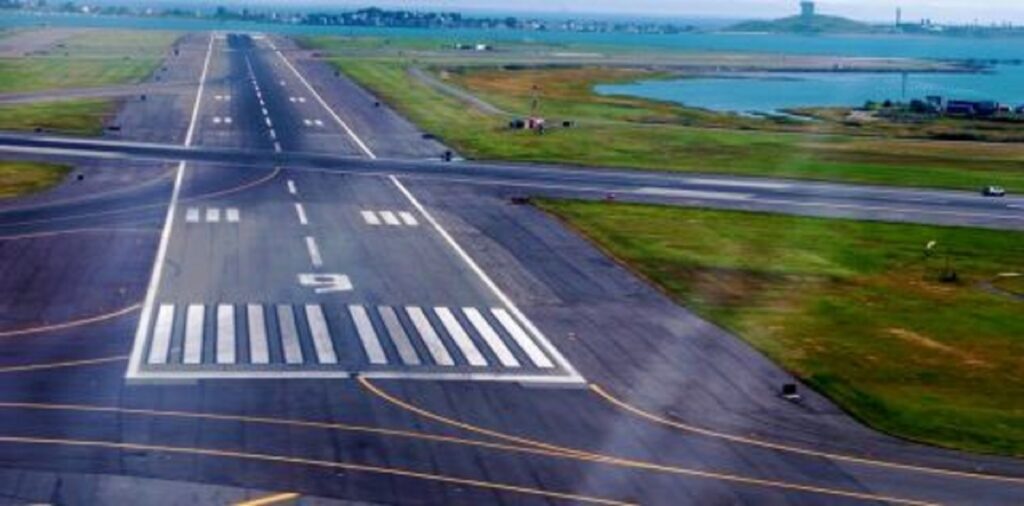
✔Generally , the direction of the runways are determined as a part of airport design, where the designers research the prevailing winds – the direction of wind to aid aircraft takeoff and landing.

✔Runway numbers are based on the magnetic compass direction they are oriented to and consist of two numbers.
✔If the magnetic direction is 132°, you would round it down and drop the last digit leaving you with Runway number 13.

✔The opposite side of the runway has the reciprocal magnetic compass orientation and always differs by 180 degrees, so it’s numbered 18 higher or lower.
✔For example, Runway 9-27 is oriented east-west or in a different orientation ,another runway will be referred to as 13-31.
✔When an airport has multiple parallel runways with the same orientation, a letter is assigned after the runway number: L (Left), C (Centre), R (Right).

Author – Tanmay Palei
Sr. Aircraft Structure Engineer






